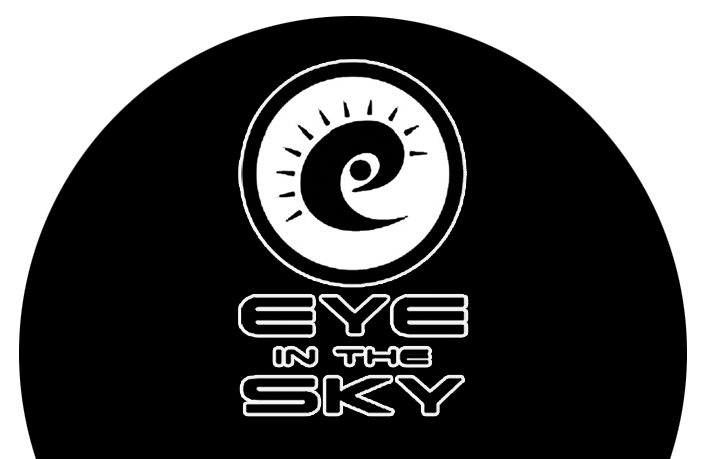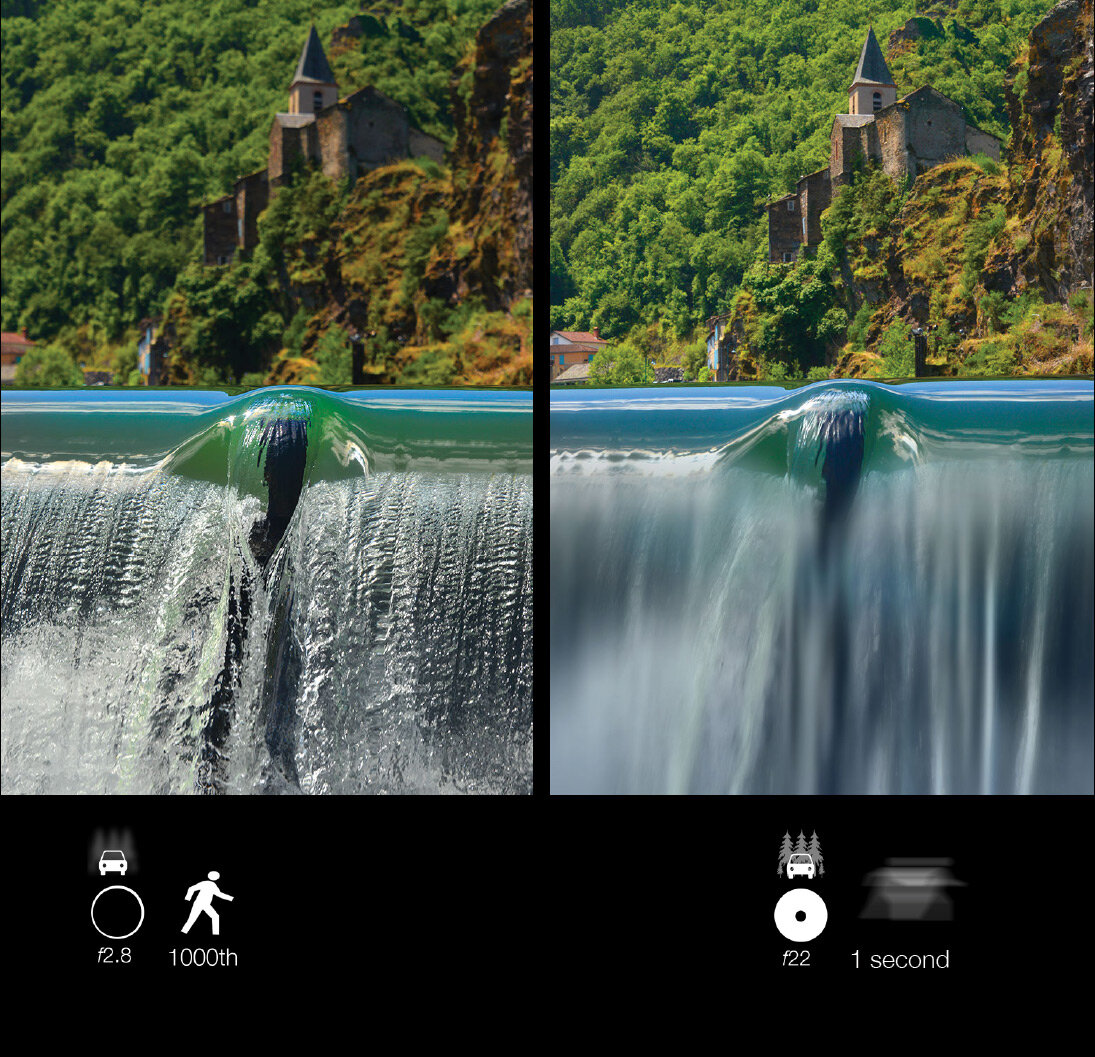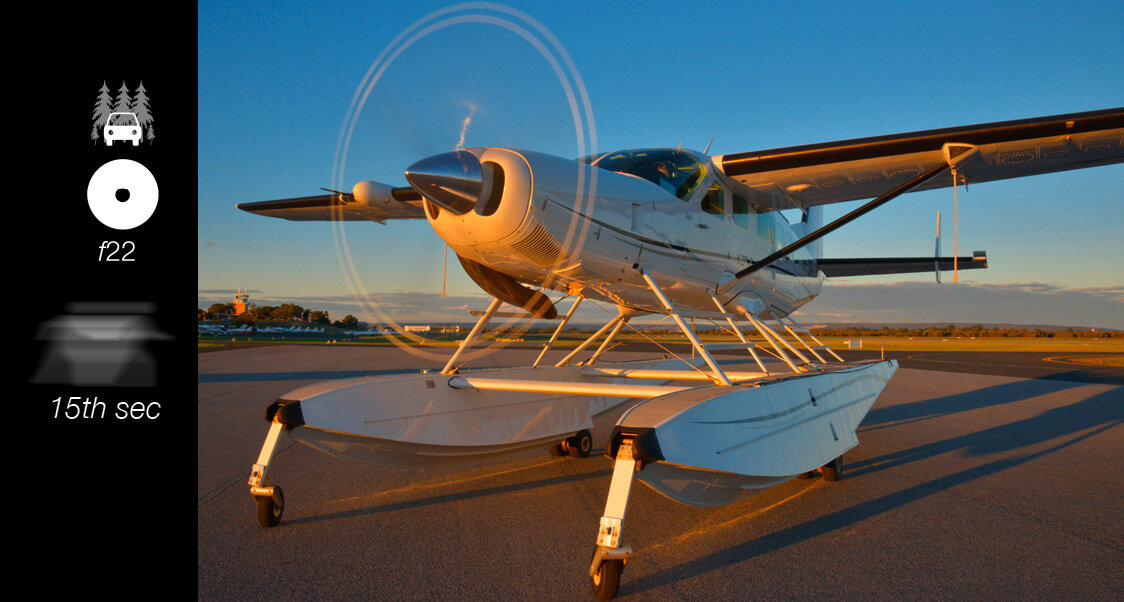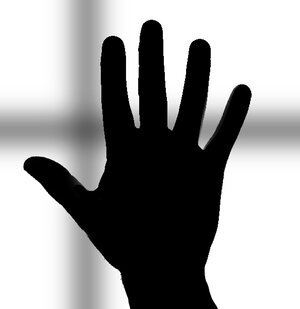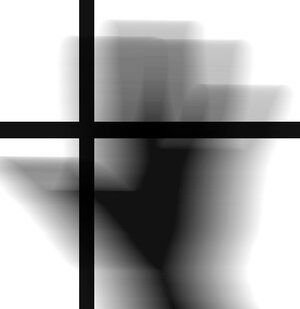SHUTTER SPEED
CAMERA BASICS - Shutter speed
Shutter Speed is the second part of the ‘Exposure Triangle’.
This shows you the relationship between the first two of the exposure triangle elements at work. You have seen how aperture (DoF) can affect your field of focus. The Shutter Speed means that you can control the motion of your subject, either to freeze them or blur them.
In the frame (below left) of the waterfall in the southern French village of Ambialet, I used a fast shutter speed of 1000th second to freeze the water, and a small aperture number (f2.8), this gave a ‘small’ depth of field, only about a metre wide. Next I wanted to blur the waterfall (below right), so I used a shutter speed of one second. But to achieve this the aperture had to close to f.22. The by product of this ‘squinting’ of the aperture means that compared to the first frame, both the water AND the church are in focus. The depth of field has increased to about 200 metres, allowing the entire field to be in focus.
Remember if your subject is moving - the higher your shutter number, the more the subject is frozen.
The lower the shutter number - the more blurred the subject will be.
A slow shutter speed is used when you want to capture things like this aircraft’s propeller. The 1/15th second exposure meant I had to use an aperture of f.22. This allowed the entire aircraft tube in focus.
BELOW A frozen propeller would make the aircraft look like it was hanging in the sky and not moving. So I needed a shutter speed of around 1/250th second and a good dof so the whole aircraft was sharp, and because it was sunrise there was a lot of light to achieve this. With the Giraffe I ‘panned’ my camera, that is I followed the animal with my camera, matching its speed as it went past me. This froze the animal in motion whilst keeping the background blurred. So there are many things to consider!
With the frame of Charly Ferry welding, the sparks are only as long as the exposure, which in this case was about 1/30th of a second. I wanted this all in one shot, but if I had wanted to have the full arc of the sparks, it would mean much longer exposure and Charly may well have moved in that time. As it was I got him to remain as still as possible just in case. So you need to know about the dynamics of your shoot environment.
The following exercise is how I got my head around it by imagining what it is like being inside a camera.
We need to create a dark interior for this to work
(1) Look at a bright window. (Close your eyes and keep them closed throughout this exercise). You are now a camera and the only way light can enter is when you blink (in reverse). The longer you open your eye for, the more light is let in.
(2) Now start passing the palm of your hand in front of your face left to right and back a few times. During one of these passes, open one eye for just a fraction of a second - without following the hand. What did you see? a frozen image of your hand?
(3) Still with your eyes closed, do the same as above but this time open one eye for one second - without following the hand. This time did you see a blurred image of your hand? You can open your eyes now. This is your shutter speed at work, and your blinks represent the exposure time. Two important things happened here. The short blink froze your hand, whilst the slower blink whilst blurring the hand allowed more light to enter the darkness (your camera). But because more light entered the darkness, your iris contracted or squinted (your aperture) and this allowed the window, or the entire field to be in focus. So using the following diagram lets look at how this worked.
If the first blink was let’s say 8000th of a second - fast enough to freeze your hand - but because it was dark your eyes aperture was wide open (f.2) and the window may have been out of focus. But the second blink was for 1 second which blurred your hand. But this let 8 times more light in, therfore your iris automatically squinted to say f22 to allow for this change, which in turn bought the windows into focus more.
The important thing to grasp is that both your blinks let the exact same amount of light into the darkness. Your aperture and shutter speed work in unison automatically to allow for this, without you needing to worry about it. That is, until you want to use your camera in manual mode.
All photography and information © Jon Davison 2022.
BACK TO MAIN MENU

